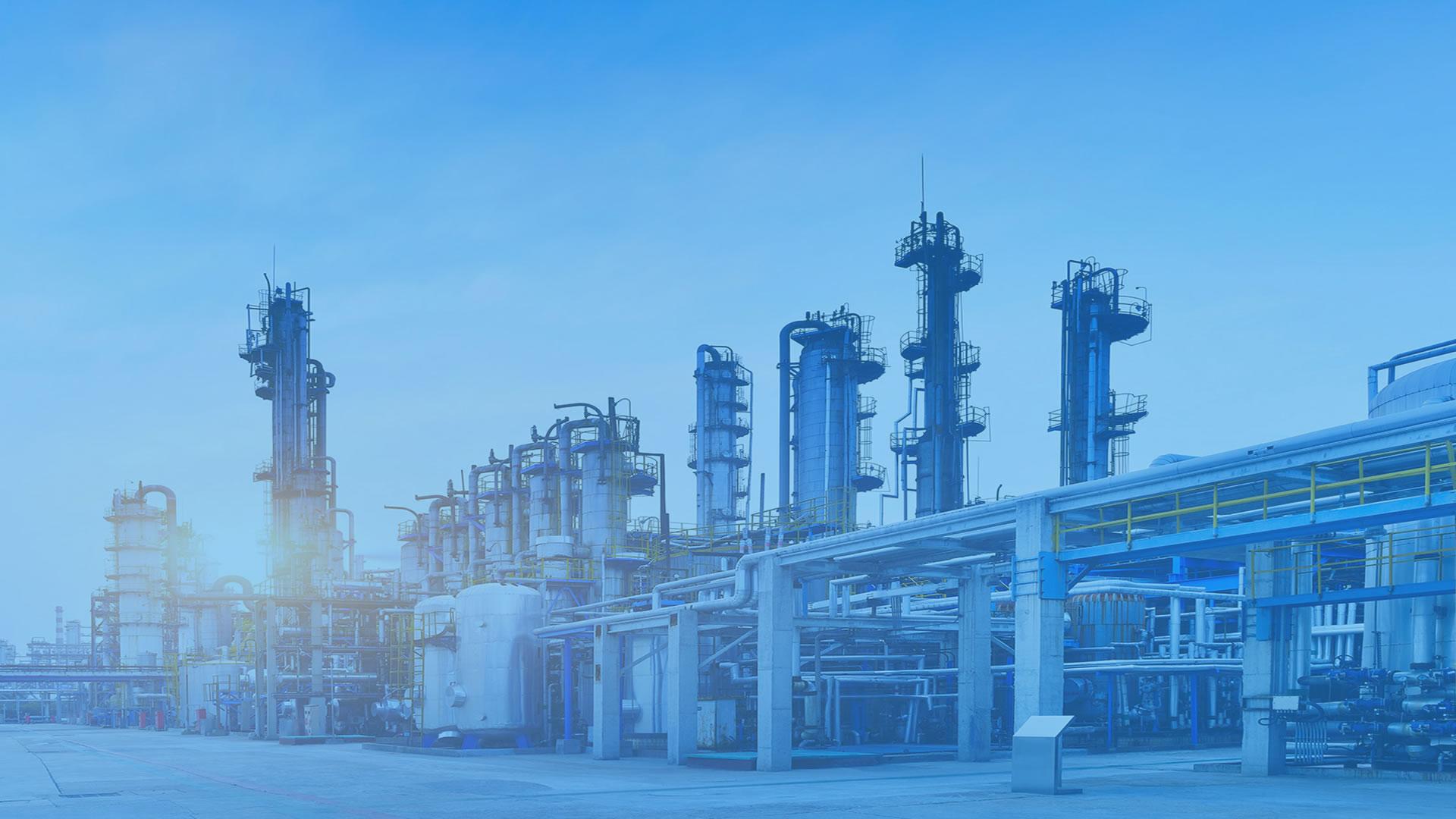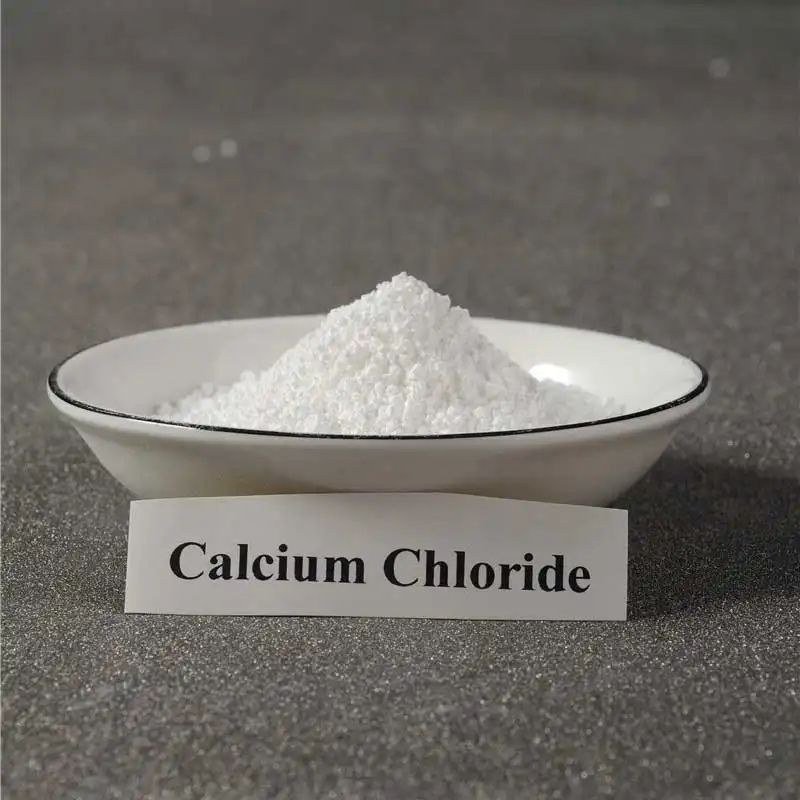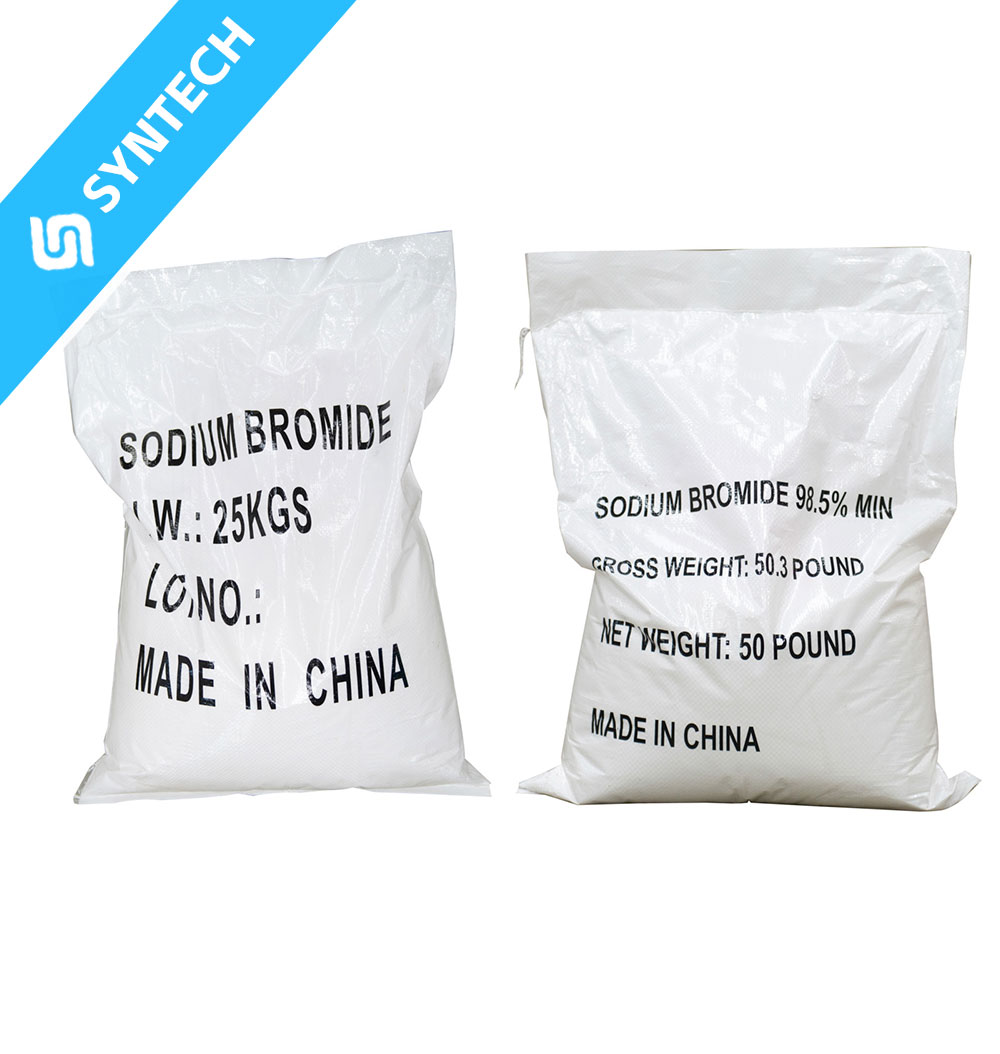Sodium Methallyl Sulfonate (SMAS, C₄H₇NaO₃S) is a highly effective anionic scale inhibitor widely used in oilfield water treatment, boilers, and cooling systems. Its dual functionality—combining a sulfonate group (–SO₃⁻) for ion chelation and a polymerizable vinyl group (C=C) for copolymerization—enables superior scale control under harsh conditions. Below is a detailed technical breakdown of its inhibition mechanisms, performance advantages, and field applications.
1. Primary Scale Inhibition Mechanisms
SMAS prevents scale formation through three key mechanisms:
A. Crystal Growth Distortion (Primary Mechanism)
- Chelation: The sulfonate group (–SO₃⁻) binds to Ca²⁺, Mg²⁺, Ba²⁺, and Sr²⁺ ions, disrupting their incorporation into crystal lattices.
- Lattice Defects: Adsorbs onto growing scale crystals (e.g., CaCO₃, BaSO₄), causing morphological distortions (e.g., curved or fragmented crystals).
- Result: Forms soft, non-adherent scales easily flushed by fluid flow.
B. Threshold Inhibition (Sub-stoichiometric Effect)
- Effective at 1–10 ppm concentrations (far below stoichiometric ratios).
- Mechanism: SMAS molecules coat nascent scale nuclei (<1 µm), preventing further growth.
C. Dispersion of Pre-formed Particles
- The anionic charge (–SO₃⁻) creates electrostatic repulsion between suspended scale particles, preventing agglomeration.
2. Performance Advantages Over Conventional Inhibitors
| Property | SMAS-Based Inhibitors | Phosphonates (e.g., HEDP) | Polyacrylates (PAA) |
|---|---|---|---|
| Calcium Tolerance | >50,000 ppm Ca²⁺ | <20,000 ppm (precipitates) | <30,000 ppm |
| Thermal Stability | ≤150°C | ≤90°C | ≤120°C |
| pH Range | 2–12 | 5–9 (acidic hydrolysis) | 5–10 |
| Environmental Impact | Biodegradable, low toxicity | Eutrophication risk | Moderate BOD |
3. Typical Formulations & Dosages
A. Oilfield Produced Water Treatment
- Composition: SMAS + Maleic Anhydride (MA) + Acrylic Acid (AA) terpolymer.
- Dosage: 5–20 ppm (for BaSO₄/CaCO₃ control in 100,000 ppm TDS brine).
- Field Data: Reduces scaling rate by >90% in Permian Basin wells.
B. Boiler/Cooling Water Systems
- Blend: SMAS (40%) + Phosphinopolycarboxylate (PPCA, 60%) for synergistic effects.
- Dosage: 2–5 ppm (pH 8–9, 80°C).
4. Case Study: SMAS in High-Salinity Offshore Wells
- Location: North Sea (seawater injection, 35,000 ppm Ca²⁺).
- Challenge: Severe CaSO₄ scaling in downhole pumps.
- Solution: SMAS-AMPS copolymer (10 ppm continuous injection).
- Result:
- Scale reduction: 85% vs. untreated wells.
- Pump lifetime: Extended from 3 to 12 months.
5. Limitations & Mitigations
| Challenge | Solution |
|---|---|
| Iron Fouling (Fe³⁺) | Pre-treat with citric acid to sequester Fe³⁺. |
| Synergism with Corrosion Inhibitors | Optimize blend with filming amines. |
| High SMAS Cost | Combine with cheaper polyaspartates. |
Conclusion: Why SMAS Outperforms
- Broad-Spectrum Efficacy: Controls carbonate, sulfate, and phosphate scales.
- Harsh-Environment Resilience: Stable in high-TDS, high-temperature brines.
- Low Environmental Footprint: Complies with OSPAR and EPA regulations.
For tailored formulations (e.g., sour gas wells or geothermal systems), SMAS can be copolymerized with vinyl sulfonate or itaconic acid for enhanced performance. Need a custom recommendation? Let me know your water chemistry!






